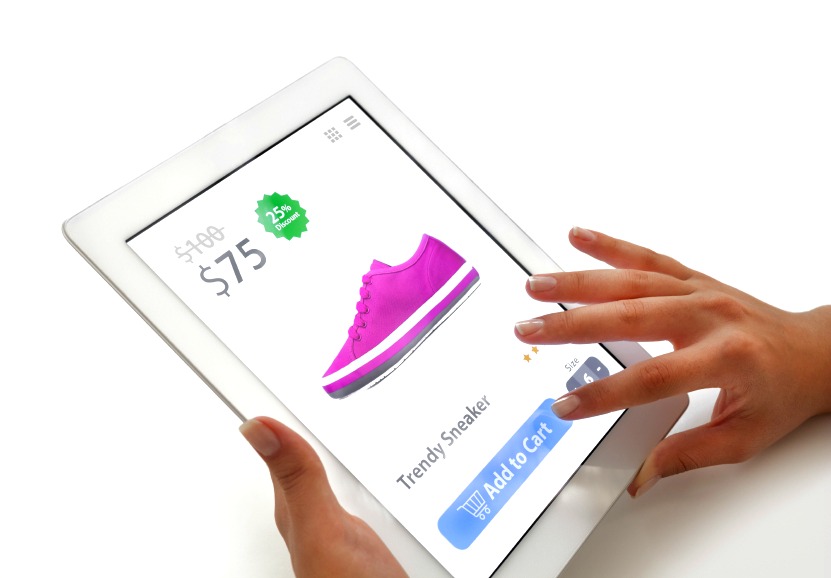Unless you are selling luxury goods, discounting is an oft-used tool to persuade buyers to purchase more.
However, discounting has gotten a bit of a bad reputation in the B2B community for a few reasons. It tends to have a cheapening effect on products and branding whilst creating a bad precedent amongst customers. Customers may expect a discount or lower price each time they order in future. Discounts can also make customers think that you are overcharging them in normal circumstances. Not to mention that discounting removes the focus from value and places it firmly on price. This ultimately steers away from the idea that products are meant to either solve a problem or fulfil needs.
However, there are ways that you can provide discounts that do not negatively impact your business like the above reasons show and even increase your future sales.
Something extra
Instead of providing discount on the product that is already being bought, rather throw in an additional product at a discounted price. You don’t devalue the product that the customer already wants, you sell more than you would have, and the customer gets something extra for less. It would be even better if the something extra is a product the customer hasn’t tried before, but can now add to their repertoire without risking too much.
Getting a foot in the door
If you’re either a new business, or if you’re launching a new product, discounting can be a viable option. Customers who are not familiar with something new are often hesitant to pour money into it. They first want to try before they buy. Obviously, giving something away for free isn’t good for profits. The alternative of providing a discount can help reduce the risk for customers, provide new business for you, and not hurt potential profits too much.
Event-based discounts
If you go to trade shows or other types of events, offer discounts that specifically relates to these. A discount tied only to an event encourages people to buy on the spot because they might be afraid of missing out on a good deal. It also entices new customers to try your company, even if they are not familiar with it. A discount lessens the risk and can establish your company’s name in the mind of new customers when they leave the event.
Frequent buyer discounts
What better way to reward your loyal customers than giving them a discount? If a customer frequently buys a lot of products in bulk, give them a discount for their next order. This can be beneficial for your business as it helps increase your purchasing power with your suppliers. Similarly, if you get discounts from your suppliers for buying lots of product all at once, you can in turn lower the prices for your customers.
Get it while it’s hot
If you want to speed up your sales, why not offer time-sensitive discounts? These types of discounts essentially say “If you order during this time period, then you get a discount” or “Order before the end of the day and you get something for free”. It can help a customer to make a decision if they might be dithering, and help you to get a lot of orders within a short period of time.
Remember, never utilise a time-based discount like the ones mentioned above if it is only to convince a customer to order. Rather, rely on the quality of the products to make the sale for you than to resort to lowering your price unnecessarily.
Onsight has customer-specific pricing that allows you to customise your pricing based on your customer’s unique needs. Adjust availability of certain products, provide discounts, or give a special group of customers a different unit price than other customers. Read more about this helpful feature here.











